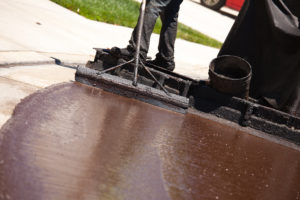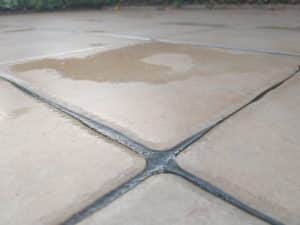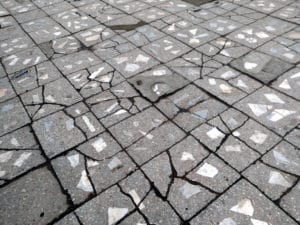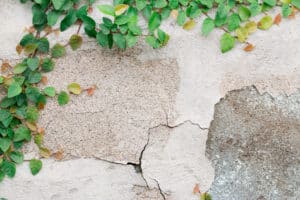Driveway crack repair is an essential maintenance task for homeowners looking to prolong the lifespan and improve the appearance of their driveways. Cracks in a driveway, be it concrete or asphalt, can be more than just an eyesore—they may lead to further damage if not addressed in a timely manner. Water can seep into these cracks, causing the ground beneath the driveway to soften, which might lead to more serious issues like potholes or major cracks. By repairing these cracks promptly, homeowners can avoid more costly repairs down the line and maintain the structural integrity of their driveway.
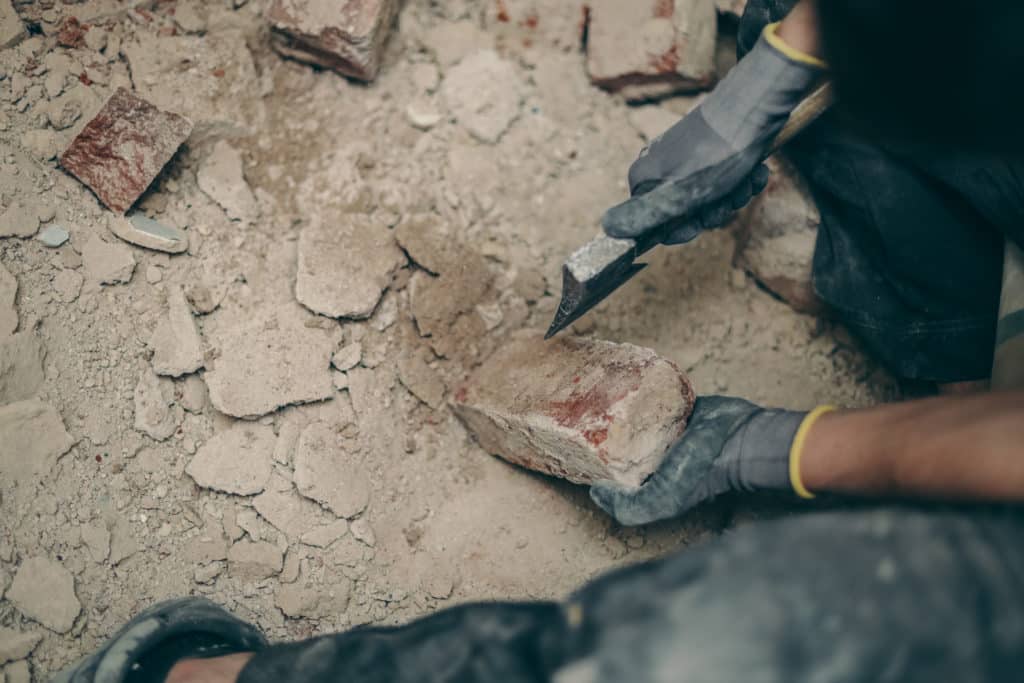
Different materials will require different repair strategies. Concrete driveways, for instance, may experience cracks due to freeze-thaw cycles, heavy loads, or tree root growth, necessitating a specific approach to repair that may involve the use of fillers or sealers. Asphalt driveways also suffer wear and tear over time and might display cracks that can be dealt with using pourable or tubed fillers. Understanding the causes and the proper methods for repair can significantly enhance the performance and longevity of a driveway.
Professional repairs ensure that driveway issues are assessed correctly and dealt with using the best possible materials and techniques. However, for those who prefer the do-it-yourself route, a range of products and step-by-step instructions are available. They provide guidelines on how to properly clean the cracks, prepare the filler material, and ensure an even application, which helps to restore the driveway’s surface to a more robust state.
Assessing Driveway Damage

Before attempting driveway repairs, it’s pivotal to evaluate the extent of the damage. This assessment will guide homeowners in choosing the correct approach to fix their driveways effectively and safely.
Identifying Crack Types
Driveway cracks vary in type, and each requires a different repair strategy. One must discern between a straightforward hairline crack, often less than 1/8 inch wide, and more complex patterns like crazing, characterized by a network of fine cracks. The presence of tree roots can also cause noticeable cracks and upheaval. Identifying the specific crack type is essential for selecting the appropriate crack filler and repair method.
Determining Repair Scope
The scope of driveway repair hinges on the severity and cause of the damage. Heaving indicates a rise in the concrete slab, often due to frozen ground or root growth, while sinking suggests an issue with the sub-base that requires more in-depth repairs. Small cracks can typically be addressed with a simple crack filler, but significant heaving or sinking may necessitate professional assessment and possibly a complete driveway replacement. Recognizing the extent of the damage is crucial for effective and lasting repair.
Preparing for Repair
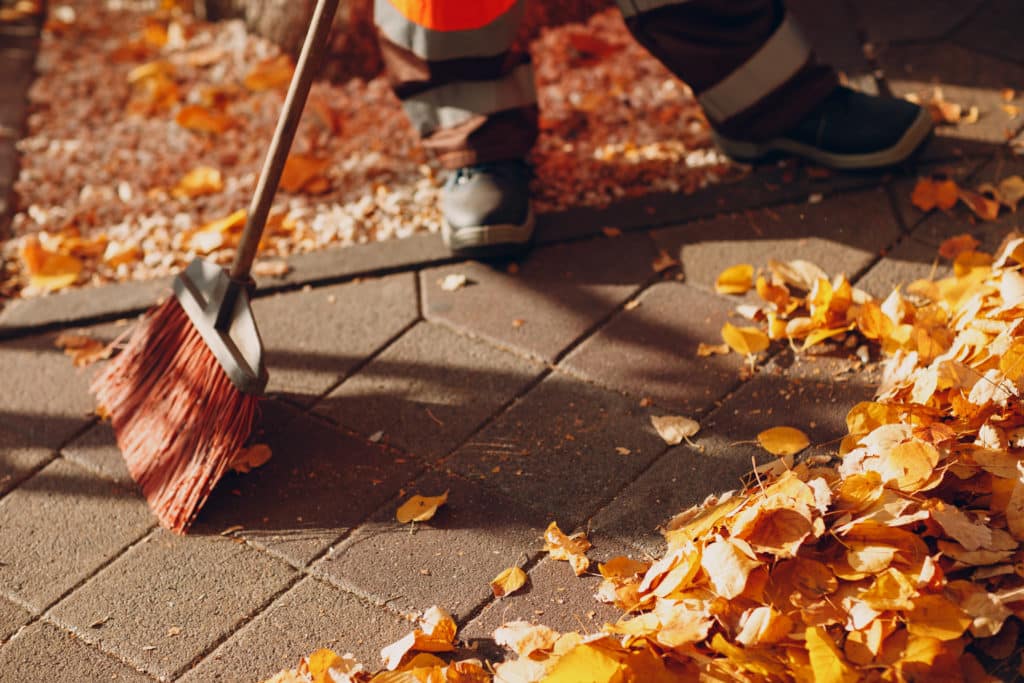
Before starting the repair process on a driveway, one must ensure the surface is clean and all the essential tools and materials are at hand. A methodical approach will lead to better adhesion and a longer-lasting repair.
Cleaning the Driveway
The initial step in driveway repair involves thoroughly cleaning the surface. For concrete driveways, using a pressure washer is highly effective in removing mold, mildew, and debris. Afterward, a leaf blower or a broom can be employed to clear out any remaining particulates, ensuring that the crack is free from loose materials. This provides a clean base for the repair materials to adhere properly. Refer to tips on How To Repair Cracks in a Concrete Driveway for more detailed instructions.
- Tools for Cleaning:
- Pressure washer
- Leaf blower
- Broom
Gathering the Necessary Tools and Materials
Once the driveway is cleaned, gathering the correct tools and materials is vital. For filling in cracks in concrete, one will need a trowel to smooth out the filled area and a backer rod or foam to insert into deep cracks before applying the sealant. This helps to conserve sealant and provides better insulation. For the sealant, a concrete repair product is suitable for concrete driveways. In contrast, an asphalt repair product, such as a tube of asphalt sealant, should be used for asphalt driveways. Detailed guidelines for choosing sealants and repairing driveways can be found at Repairing a Driveway? The Right Solution for Every Surface.
- Tools and Materials:
- Trowel
- Backer rod or foam
- Concrete or asphalt repair sealant
Executing the Repair

When repairing driveway cracks, precision and using the right materials are key for a lasting solution. The repair process involves thorough cleaning, application of appropriate fillers, and sealing to prevent future damage.
Filling Cracks
To fill cracks in a concrete driveway, one should start with a clean, dry surface. Remove any debris and wash the area as any dirt and moisture can affect the adhesion of the crack filler. For the filler, a product like Quikrete is often recommended due to its strong bonding formula. The filler should be prepared according to the manufacturer’s instructions, often involving an acrylic fortifier to enhance the durability of the mix. The repair process may require a base layer of compacted gravel, especially for larger cracks, before the filler is applied. One typically uses a squeegee or trowel to press the concrete mix firmly into the crack, ensuring it’s level with the surrounding surface. The drying time varies depending on the product’s formula and should be adhered to for the best results.
- Remove debris and clean the crack thoroughly.
- Mix the crack filler with an acrylic fortifier if necessary.
- Trowel the filler into the crack, ensuring it’s compact and level.
- Allow to dry according to the product’s specified drying time.
Sealing the Driveway
After the filler has dried, the next step is sealing the driveway to protect the repair and the remaining concrete. A polyurethane-based sealant is usually the material of choice for its flexibility and ability to expand and contract with temperature changes, which helps in preventing future cracks. Applying the sealant can be performed with a squeegee or roller, and for some products, a second coat may be necessary to ensure complete coverage. This seal not only enhances the durability but also improves the aesthetics by giving the driveway a fresh, clean finish.
- Choose a polyurethane-based sealant for flexibility and durability.
- Apply the sealant with a squeegee, covering the entire driveway evenly.
- Allow the first coat to dry before assessing if a second coat is required.
Preventative Measures and Maintenance
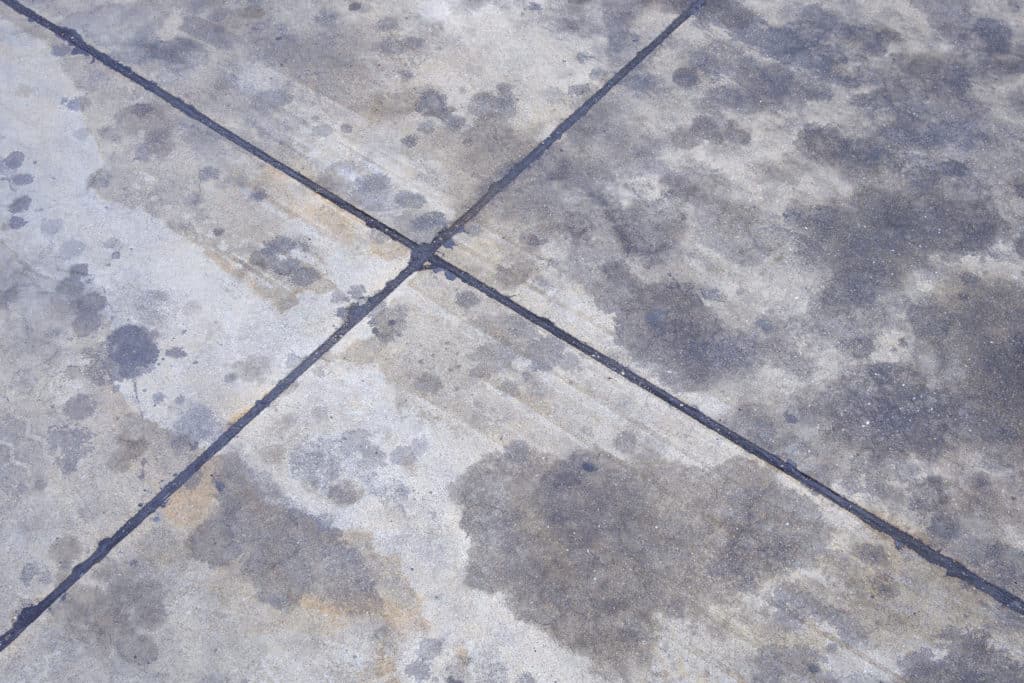
Maintaining a driveway in pristine condition involves regular care and timely interventions. By focusing on protective strategies and diligent maintenance, homeowners can extend the life span of their concrete surface and prevent further damage.
Protecting Your Driveway from Future Damage
To safeguard the driveway against the harsh effects of temperature fluctuations and freeze/thaw cycles, applying a high-quality sealer is recommended. This sealer acts as a barrier, minimizing the penetration of water and road salt, which can prevent the concrete surface from crumbling. It’s best to seal during temperatures conducive to proper curing and follow manufacturer guidelines for reapplication intervals to ensure ongoing protection.
When dealing with oil stains, quick action is critical. Absorbent materials such as kitty litter can be used immediately after a spill to prevent stains from setting. Subsequently, a concrete cleaner specifically designed for oil removal should be used to preserve the appearance of the plain concrete.
Homeowners should routinely inspect for gravel displacement and other signs of wear. Regular repairs to small cracks and holes can avert the widening or deepening of these issues, which can exacerbate into a crumbling driveway. Filling cracks as they appear prevents the ingress of water and detritus that can cause erosion and expansion during freeze/thaw cycles.
In summary, consistent sealing, prompt removal of stains, and immediate repairs are essential tasks in maintaining the integrity and appearance of a concrete driveway. Through these measures, a driveway’s integrity and aesthetic appeal can be preserved, averting costly renovations and extending its life span.
When to Call Professionals
Driveway repair can sometimes fall within the capabilities of diligent homeowners, particularly when addressing small cracks or using a resurfacing product. However, certain situations necessitate professional intervention.
- Large Cracks: Cracks wider than a quarter-inch should be examined by a professional. These may signal deeper structural issues that extend beyond the surface.
- Recurring Damage: If cracks reappear after repairs, it’s time to consult a contractor. Persistent issues may be signs of underlying problems that DIY methods cannot resolve.
- Older Driveways: An older driveway with extensive damage might benefit from a professional’s opinion. They can evaluate if repairs are sufficient or if it’s time for a full replacement.
Professionals also bring expertise in using more advanced materials such as quick-setting concrete and concrete backer rod, ensuring proper flexibility and coverage.
When to Consider a Professional:
| Damage Type | Professional Needed |
|---|---|
| Wide/Deep Cracks | Yes |
| Recurring Cracks | Yes |
| Multiple Large Potholes | Yes |
For the removal of debris from cracks, a professional might use equipment like a shop vacuum, which provides a clean base for the repair material, improving the longevity of the driveway repair.
In summary, for durability and peace of mind, hiring a professional for complex driveway issues is often the wise choice.



